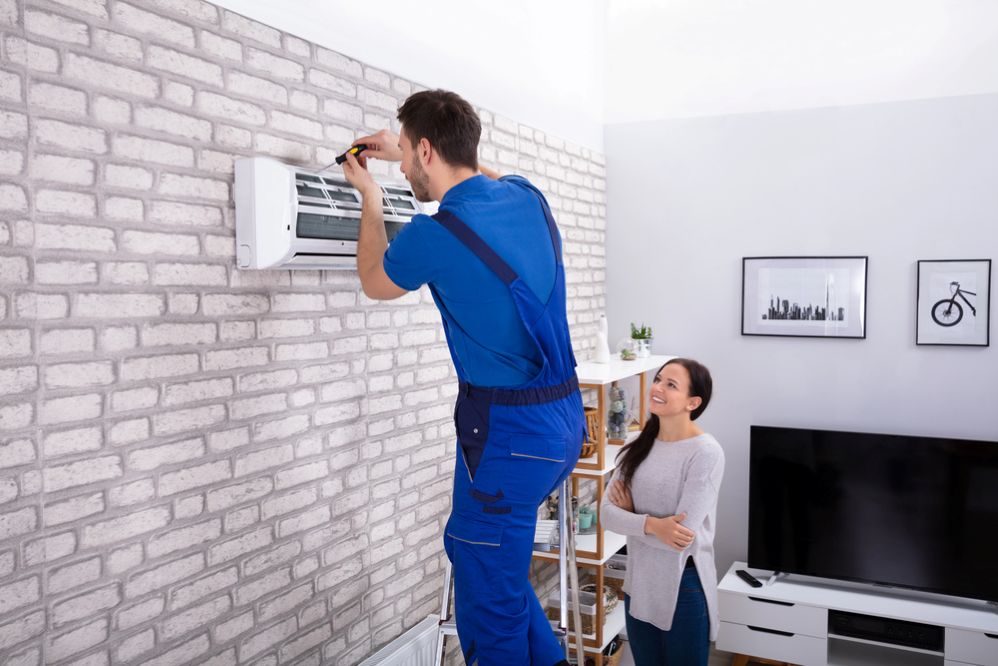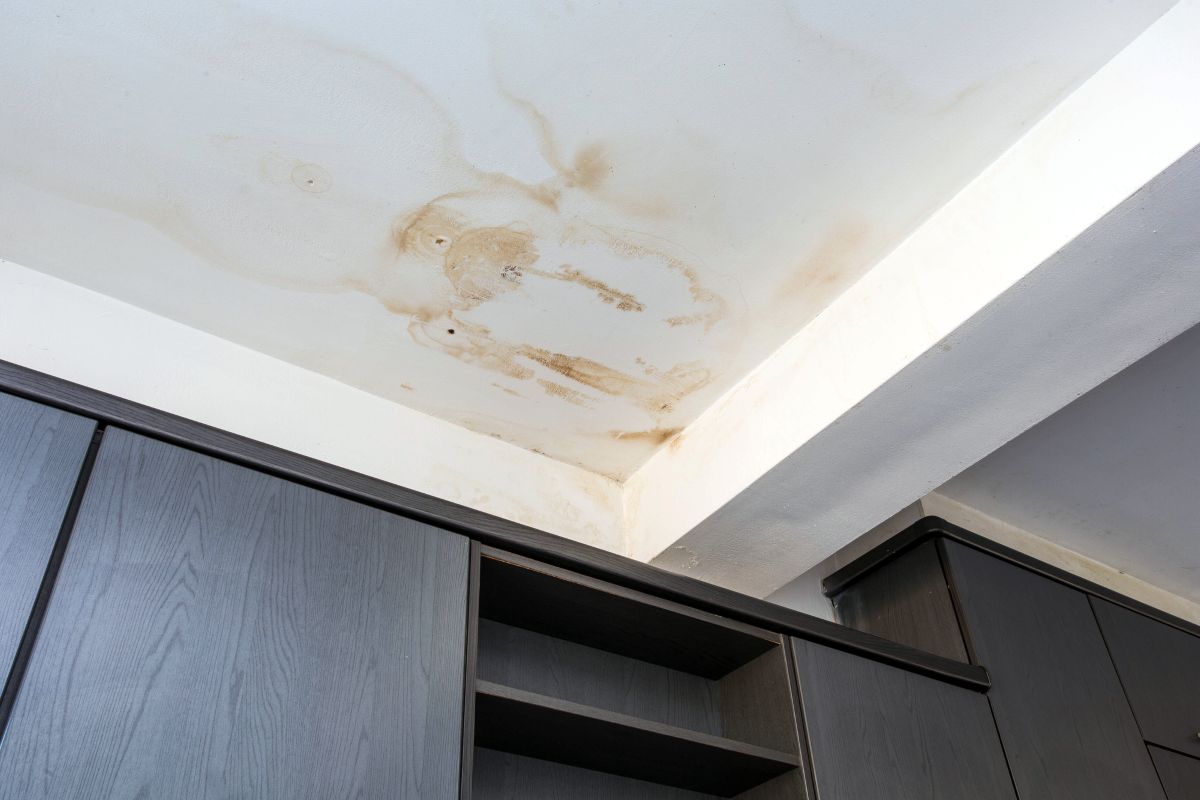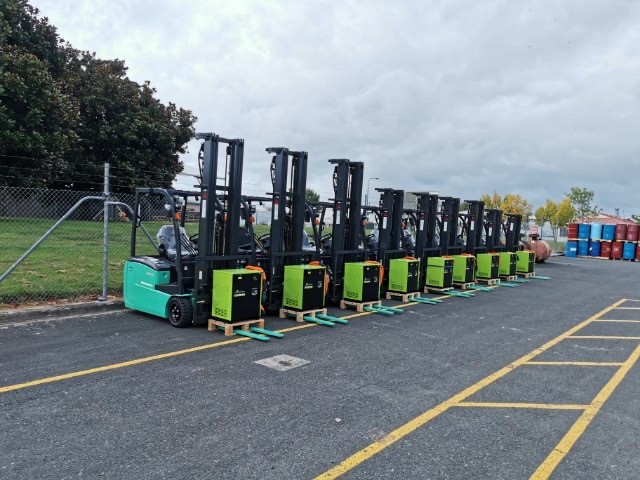Installing a heat pump can be one of the smartest ways to improve indoor comfort and lower energy bills. But in colder regions like Ashburton, Timaru, and wider South Canterbury, a poor decision at the outset can lead to ongoing issues. These include inefficiency, higher costs, and reduced comfort.
Many homeowners jump in based on price or brand, overlooking key questions that determine long-term performance. Getting these answers upfront helps ensure the unit works well throughout the seasons, especially during cold southern winters.
This guide walks through five critical questions every homeowner should ask before signing off on a heat pump installation.
Key Takeaways
- Proper sizing and placement are essential for efficiency and comfort
- Cold-climate performance matters more in South Canterbury regions
- Long-term costs are affected by energy use, maintenance, and system quality
- Warranties and aftercare vary widely; not all cover the same things
- Asking the right questions helps avoid costly mistakes down the line
What’s the Right Size Heat Pump for My Home?
Size plays a major role in how effectively a heat pump can heat or cool a space. A unit that’s too small will run constantly without reaching the set temperature. A system that’s too large might short cycle, leading to faster wear and uneven comfort.
Local installers often work with rough estimates like the square metre rule. While useful, this method doesn’t consider insulation levels, ceiling height, sun exposure, or room layout. South Canterbury homes, especially older properties in Timaru or rural Ashburton, often require more precise heat loss assessments.
A detailed sizing process ensures the system handles the coldest days without excessive strain. It also ensures the unit runs efficiently during milder weather. Installers who understand regional housing styles will often check for drafts, ceiling types, and orientation to improve recommendations.
Incorrect sizing is one of the most common reasons systems underperform. It leads to uncomfortable temperature swings, higher energy bills, and premature wear on components. Always ask if a manual J or equivalent heat load calculation will be part of the installation process.
How Will the Local Climate Affect Performance?
Ashburton and Timaru regularly see cold snaps and frost conditions that push heat pump performance. Many off-the-shelf models are tested in milder climates and struggle when temperatures drop below zero.
Buyers should ask whether the heat pump is built for cold-climate performance. Look for models with enhanced defrost cycles, high COP (Coefficient of Performance) ratings, and inverter-driven compressors. These features help the unit operate more efficiently during southern winters without constantly icing over or spiking power use.
Some brands include specialised cold-climate technology, which is better suited for homes in inland Canterbury. Ask if the unit has been tested to operate below minus 15 degrees Celsius. This detail is often buried in the technical specs.
It’s also worth confirming if the outdoor unit has weather protection or wind baffles installed. These small additions help avoid frost buildup and keep performance consistent when southerlies roll through. The more suited a system is to South Canterbury’s seasonal conditions, the less energy it will waste.
Where’s the Best Spot to Install It?
Installation location plays a major role in how well the unit performs. Indoor units that are poorly placed may blow directly on people, miss key areas, or circulate air inefficiently. Outdoor units positioned in the wrong place can be exposed to frost buildup, blockages, or drainage issues.
Installers should assess airflow patterns, room use, and sun orientation. For instance, placing a unit directly above a bed or in an enclosed hallway rarely delivers balanced temperature throughout the home. Outdoor units should be mounted above expected frost lines and away from vegetation or gutter runoff.
In regions like Timaru and Geraldine, wind exposure and frosty mornings are common. This makes outdoor clearance and protection an important part of the setup. A sheltered position can reduce defrost frequency and help maintain reliable airflow.
Indoors, the best locations are often high central walls in living areas with open-plan layouts. Avoid low corners or alcoves. Make sure airflow isn’t blocked by curtains, doors, or furniture. A poorly located unit will never achieve its rated efficiency, no matter how advanced the model.
Just like heat pumps need proper placement to function well, chimney systems can suffer if overlooked. Learn why chimneys in places like Wellington get blocked so quickly.
What Will It Cost Over the Long Run?
The sticker price on the unit and installation is only part of the equation. Ongoing electricity use, maintenance frequency, and part replacements all factor into the total cost of ownership.
Cheaper units may be tempting but often run less efficiently. Over 10 to 15 years, even small differences in energy use can add up. Ashburton and surrounding areas also face seasonal energy pricing variations, especially during winter when heat pumps work hardest.
It is important to consider long-term value, not just upfront cost. Efficient models may cost more to install but offer better returns over time, especially when paired with regular servicing and correct use. If upfront costs are a concern, you can check out our guide on heat pump funding in Dunedin, which outlines national grant options available to homeowners across the South Island.
Ask about estimated annual energy consumption for similar-sized homes in your area. This can help build a clearer picture of real-world costs. Also ask about common repairs after five to ten years, and whether the model allows easy access to parts.
Some models also include advanced sensors or zoning options, which further improve energy savings by reducing unnecessary runtime. While these add to the price, they can shorten the payback period, particularly in colder climates where the unit sees heavy use.
What Support or Warranty Is Included?
Not all warranties are created equal. Some only cover parts, leaving homeowners to pay for labour or call-out fees. Others may only be valid if the system is installed and serviced by an authorised technician.
Before installation, confirm what the warranty includes. Ask whether it covers compressor faults, refrigerant issues, or control board replacements. Also, find out who handles the warranty. Some manufacturers require all claims to go through them, which can delay repairs.
In South Canterbury, quick access to service is critical during winter. Choosing an installer with a strong local presence means less downtime if the unit fails during peak use. Always ask about after-sales support and response times.
Also confirm whether routine maintenance is required to keep the warranty valid. Missing scheduled check-ups can void coverage on key components. Ask for service records and manuals in writing, and keep a copy of all invoices.
Strong support also means access to trained technicians who know the specific model. Ask if your local installer has experience with the brand you’ve selected, and whether they stock common parts on-hand for quick repairs.
Don’t Rush the Decision. Ask the Right Questions First
A heat pump is a long-term investment. It affects comfort, running costs, and even the value of a home. In colder areas like Ashburton and Timaru, cutting corners during the decision phase often leads to regrets.
Each of these five questions plays a role in avoiding those regrets. Proper sizing, climate-matched equipment, smart placement, realistic cost planning, and reliable support. These are the building blocks of a well-performing system.
The more informed the decision, the better the results. For homeowners across South Canterbury, asking the right questions from the outset means fewer breakdowns, lower bills, and greater comfort year-round.
The best results always come from planning, not guesswork.


